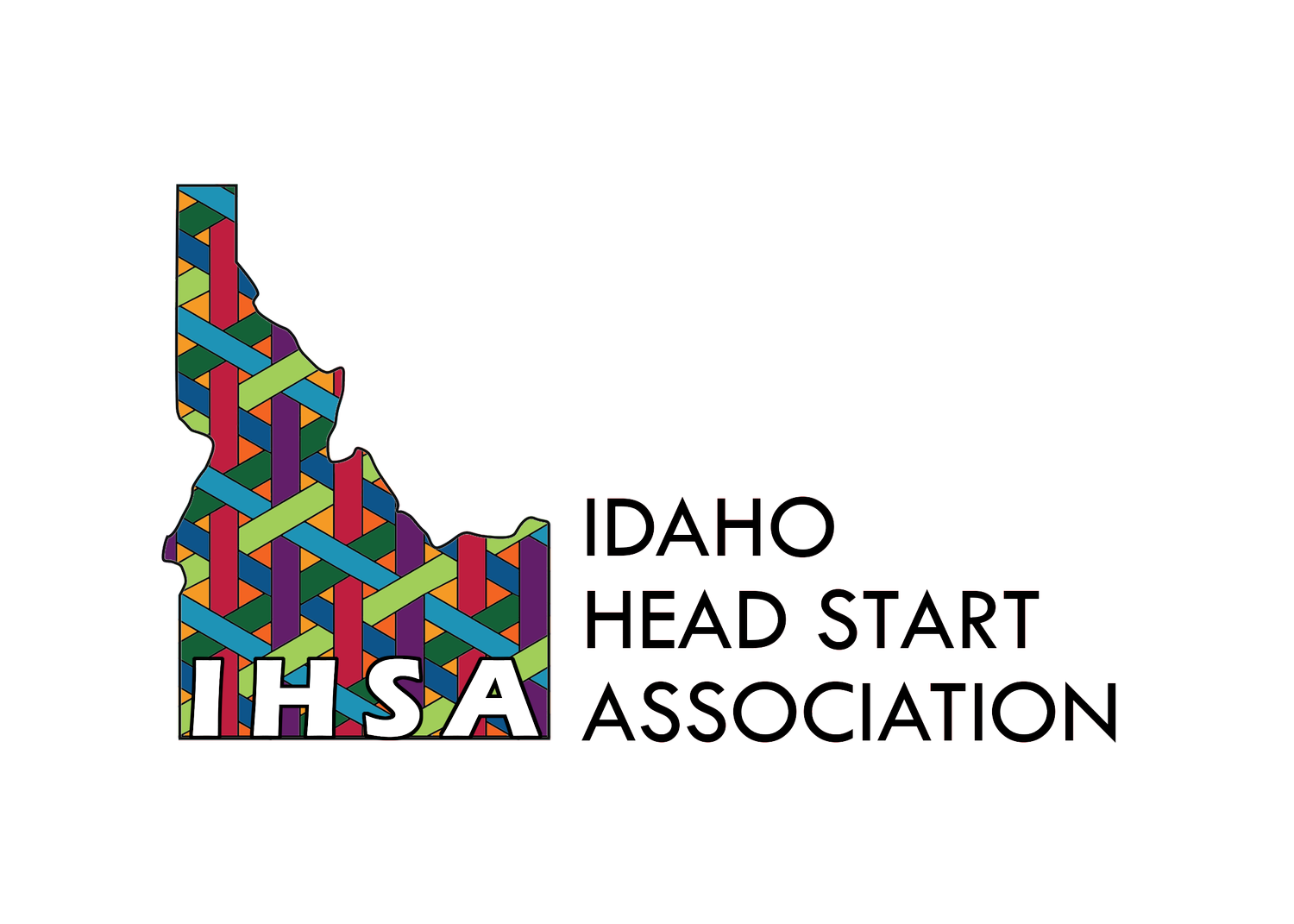Yasmina Vinci | Executive Director, National Head Start Association
It’s a painful reality that too many children in our country face challenges beginning at birth. During a recent visit to the Head Start community in West Virginia, I heard from programs about just what Nicholas Kristof describes in his recent column, Building Children’s Brains, — babies born on drugs, early attachments interrupted when parents are incarcerated, and communities overwhelmed by the instability of families. To Mr. Kristof’s point - we need to invest in the earliest years of life to ensure our children are fully prepared to compete in their later years. Nobel-winning economist Dr. James Heckman nails it, “The road to college attainment, higher wages and social mobility in the United States starts at birth. The greatest barrier to college education is not high tuitions or the risk of student debt; it’s in the skills children have when they first enter kindergarten.” The stark reality is the biggest obstacles and greatest inequality often have roots early in life. And that’s where Head Start plays a critical, life-altering role for nearly one million vulnerable children each year. Beginning with Early Head Start programs for pregnant women, infants, and toddlers, and continuing into Head Start programs for preschool-aged children, Head Start enrolls the most at-risk families in each community and customizes comprehensive health and early learning services to help each child succeed. While it’s true that Washington has stalled on the issue of pre-K, investments in vulnerable infants and toddlers through the expansion of Early Head Start have been one of the stand out successes of the last several years. Since the end of the sequester, Congress has invested $635 million in Early Head Start-Child Care Partnerships, which establish collaborations that infuse high-quality Head Start practices into child care settings in every state across the country. In West Virginia, programs described holding home visits in local jails with parents in plain clothes and creating transitional housing so Head Start parents have stable environments as they transition back into their roles in their families and communities. This kind of innovation and local design is why Head Start has thrived across our country for more than fifty years, and it continues to be our most essential national commitment to early childhood.
